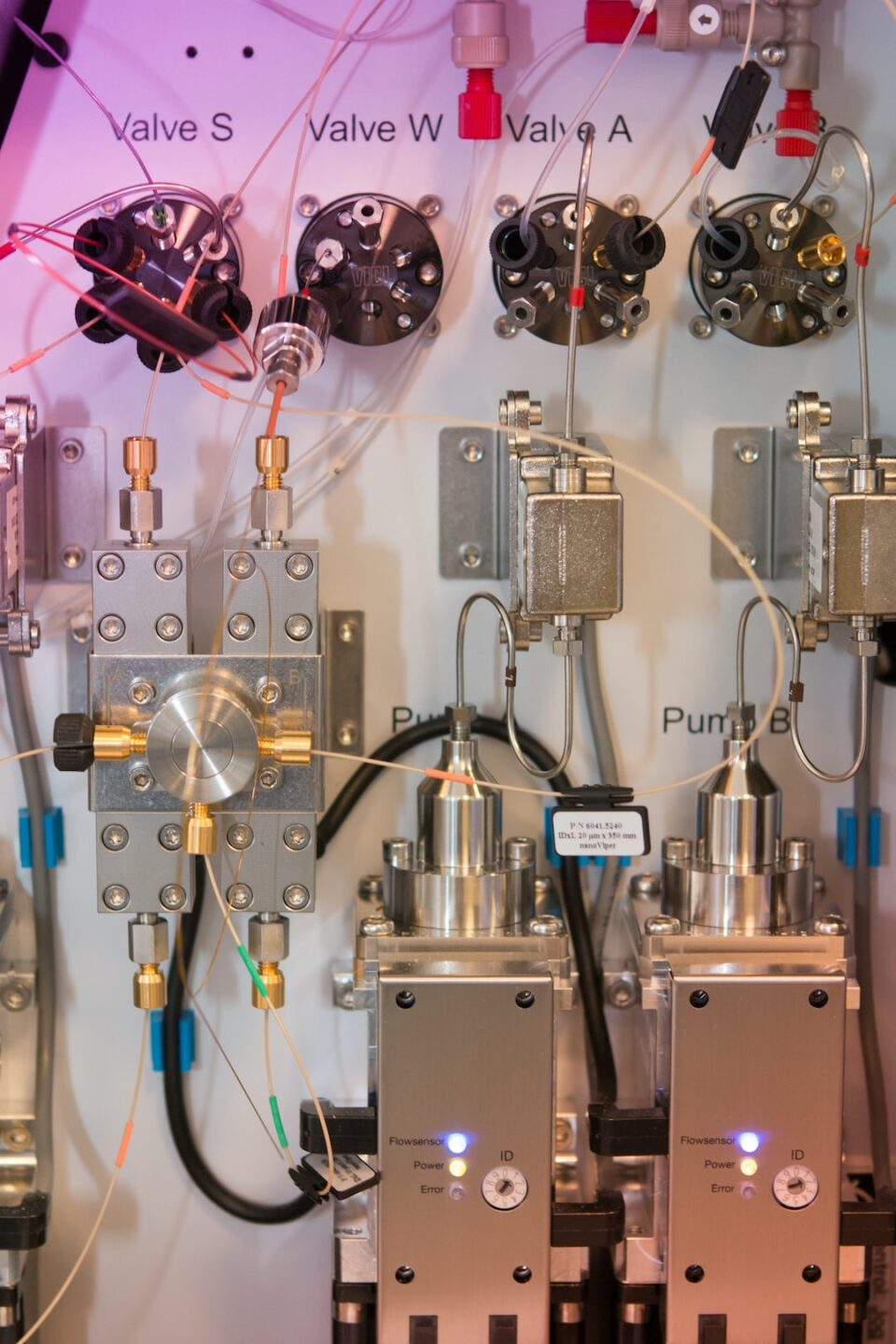The Future of Manufacturing: Trends and Innovations to Look Out For
The manufacturing industry has always been at the forefront of innovation, driving economic growth and creating jobs. Over the years, we have seen significant advancements in technology and automation that have revolutionized the way products are made. As we move towards the future, there are several trends and innovations that are set to shape the manufacturing landscape.
One of the most notable trends is the rise of additive manufacturing, commonly known as 3D printing. This technology enables the creation of complex and customized products with minimal waste and faster production times. While 3D printing has been around for a while, it is becoming more accessible and affordable, allowing smaller companies and even individuals to harness its potential. With advancements in materials, such as biodegradable plastics and metals, the possibilities for 3D printing are endless, potentially disrupting traditional manufacturing processes.
Another trend to watch out for is the use of robotics and automation in manufacturing. Robots have been used in the industry for tasks such as repetitive assembly line work, but recent advancements in artificial intelligence and machine learning are enabling robots to take on more complex and intelligent roles. Collaborative robots, or cobots, are designed to work alongside humans, enhancing productivity and safety in manufacturing processes. They can be easily programmed and reprogrammed to perform various tasks, making them extremely versatile.
The Internet of Things (IoT) is also set to have a profound impact on manufacturing. Through the connectivity of devices and sensors, manufacturers can gather and analyze massive amounts of data in real-time. This data can be used to optimize production processes, improve quality control, and predict maintenance needs. By leveraging IoT, manufacturers can achieve higher levels of efficiency and productivity while reducing costs.
Sustainable manufacturing practices are increasingly becoming a priority for both consumers and manufacturers. With growing concerns about climate change and the depletion of natural resources, there is a greater emphasis on finding eco-friendly solutions. Innovations such as green materials, renewable energy sources, and waste reduction strategies are key drivers in shaping the future of manufacturing. Additionally, circular economy principles, where products are designed to be repaired, reused, or recycled, are gaining traction, promoting a more sustainable approach to production.
While these trends and innovations hold immense potential, ensuring a skilled workforce is crucial for their successful implementation. As the manufacturing industry evolves, the demand for workers with advanced technical skills, problem-solving abilities, and adaptability will increase. This calls for retraining and upskilling programs to equip workers with the necessary knowledge and expertise to thrive in the digital age of manufacturing.
In conclusion, the future of manufacturing promises exciting advancements and opportunities. From additive manufacturing to robotics, IoT, and sustainable practices, there are numerous trends and innovations that will shape the industry. Embracing these changes and investing in a skilled workforce will be vital for manufacturers to stay competitive and drive economic growth in the years to come.


